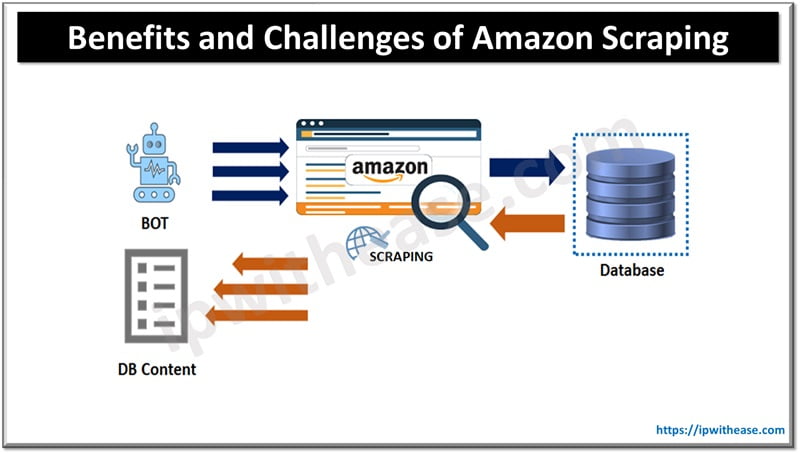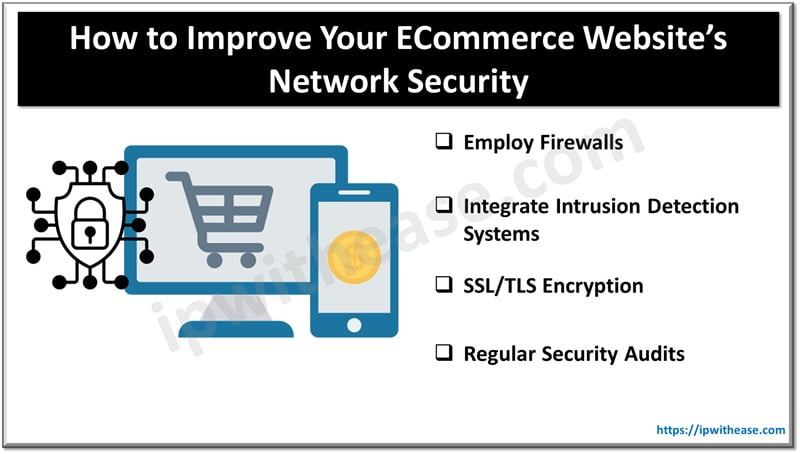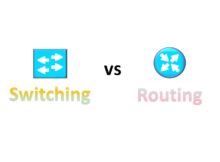Online shopping has revolutionized the way consumers approach buying. In 2022 alone, a staggering 70% of Americans, approximately 268 million people, turned to online stores for their purchases.
This shift underscores the growing preference for digital shopping over traditional brick-and-mortar experiences.
Amazon, in particular, has emerged as a titan in the e-commerce landscape. Its top-notch service, vast product range, and widespread popularity set it apart.
As more consumers move towards online shopping, there’s been a corresponding surge in businesses establishing their online presence.
To stay ahead, businesses are increasingly looking to get fresh & real-time data, such as competitor pricing, from platforms like Amazon. But getting this data isn’t easy every time and hence there are few challenges upfront in doing so.
In this blog, we will look at some of the benefits and challenges that businesses can have while scraping Amazon. But let’s first understand what Amazon Scraping is.

What is Amazon Scraping?
Web scraping is the process of extracting data from a source. The source could be any website or an e-commerce store where you think the data is reliable and fresh. There are different methods of scraping, which are out of the scope of this blog.
In our case, scraping from Amazon or Amazon scraping means extracting relevant data from Amazon.
What data can we extract?
- Competitor’s Listing Details – If you are keeping an eye on your competitor that has been listed on Amazon, for good reasons you should track and monitor it. Scraping product listings from Amazon you can keep note of what is already there and what has changed over the due course of time.
- Price Scraping – This one is important because by knowing the prices offered by your competitor you can beat them by offering low margins but gaining higher profits.
- Review Ratings and Reviews – As a business owner operating in the e-commerce space, you must be aware of what are the strengths and weaknesses of your competitors. One way to do this is by scraping review ratings and the content. This can help you to analyze what weakness your competitors might have that you can add on as a bonus to your product. Further, by identifying what positives they have you can keep the level field same by providing the positives that customers are looking for.
- Inventory Levels – For businesses that want to ensure they never run out of stock, scraping inventory levels of similar products can provide a benchmark for demand forecasting.
What are the benefits of Amazon Scraping?
- Assess Competitive Products: Beyond just listing details, understanding the broader landscape can help businesses identify gaps in the market. By extracting data on competing products, businesses can discern market trends and shifts, allowing them to adjust their strategies proactively.
- Gather Customer Profile Data: While direct personal data scraping is restricted, understanding generalized customer profiles can be invaluable. By analyzing top reviewers and their preferences, businesses can change their offerings to resonate more effectively with their target audience.
- Global Market Insights: Amazon’s vast international presence offers insights into global market trends. By scraping data on products popular in different regions, businesses can identify potential new markets to enter or discover region-specific product preferences.
- Evaluate Promotional Offers: Offers and discounts play an important role in customer acquisition and retention. By analyzing the promotional strategies of competitors, businesses can craft their compelling offers that stand out and attract more customers.
- Strategic Product Positioning: By scraping data related to best-selling products and top-rated items, businesses can understand which products resonate most with consumers. This insight can guide product development and marketing strategies.
- Optimize Logistics: Understanding shipping and delivery promises made by competitors can help businesses refine their own logistics strategies, ensuring they remain competitive in terms of delivery speed and costs.
- Enhance Brand Perception: By analyzing product descriptions, images, and other branding elements of top sellers, businesses can glean insights into effective branding strategies and refine their brand presentation.
- Identify Emerging Trends: Amazon often showcases emerging products and trends. By scraping this data, businesses can stay ahead of the curve, capitalizing on new market opportunities before they become mainstream.
- Optimize Advertising Strategies: By analyzing sponsored products and ads on Amazon, businesses can understand effective advertising strategies, helping them get better returns on their advertising investments.
- Boost Customer Engagement: Analyzing Q&A sections and customer interactions on product pages can offer insights into common customer queries and concerns. Addressing these can enhance customer satisfaction and engagement.
Challenges You Might Face While Scraping Amazon
After all these benefits that you may have of scraping Amazon, the big question that arises is how you can get this data. There are several methods that can be used to extract data. Some of the noticeable method and scalable methods are using no-code scrapers or a Web Scraping API.
The other method is to do it by designing a scraper of your own using a programming language. This method can be free and requires some technical know-how.
This method is efficient if you want to extract very minimal data. During the scaling process, you might feel that this method can cause you some problems.
In this section, we will discuss the common problems you can encounter when scraping Amazon on your own.
1. Bot Detection, Captcha, and IP Blocking
Amazon over the years has developed strong algorithms that can detect if data extraction is happening at their end at a very fast pace.
For instance, if a user (or a bot) sends an unusually high number of requests for similar pages in quick succession, Amazon’s defenses activate.
This can manifest as captchas, designed to verify the user’s authenticity, however, there are methods by which you can bypass Amazon captcha or IP bans but all lead you to a way where you have to pay some dollars to get rid of this.
The only solution left to you as a business is to take professional services or use a web scraper.
2. Dynamic Page Structure
The structure of the website has its own set of challenges. No two web scraper can be a solution to fit in for every web page. If you’ve ever tried extracting product descriptions from Amazon, you might have encountered numerous response errors and exceptions. The root of this issue often lies in the scraper’s design.
Most scrapers are made to extract data from a specific page structure, pulling data by identifying certain HTML elements. However, Amazon’s dynamic nature means that it doesn’t have a one-size-fits-all template for its product pages.
Instead, the platform employs various types of templates to display product information. These templates can vary based on the product’s category, its key features, or even the group of newly added ASINs. Such variability ensures that the product’s most salient features are highlighted, but it also complicates the scraping process.
For a scraper designed for a particular template, any deviation in the page structure can lead to failures. It might miss crucial data or misinterpret the information it extracts.
To counteract these challenges, it’s essential to craft the scraping code with flexibility in mind. The code should be robust enough to adapt to varying page structures and handle exceptions gracefully. This ensures that minor changes in page layout or unexpected network errors don’t bring the entire scraping process to a halt.
3. Difficult to design an Amazon Scraper
Creating a scraper that operates seamlessly for extended periods, extracting hundreds of thousands of data points, is a challenge even for seasoned developers.
Amazon stands apart from most websites. Its intricate algorithms and design are not just for user experience; they’re also designed to deter scraping.
Unlike many other sites, Amazon has been constructed with measures to minimize crawling, making the scraping process even more challenging.
Businesses aiming to extract vast amounts of data can quickly realize the magnitude of the task at hand. Manual scraping, especially in large quantities, is not only labor-intensive but can also lead to potential errors. Designing a scraper for Amazon is there near to impossible.
For those seeking accurate and comprehensive data extraction, the most prudent approach is to use a web scraping API, they use proxies at their backend to go undetected by Amazon. Further, they not only can scrape Amazon, but they also can extract data from any e-commerce store including Flipkart, Myntra, or any other e-commerce platform known.
Final Words
Amazon is the biggest e-commerce store today and is one of the go-to platforms for online shoppers around the world. To truly capitalize on this potential, sellers must use the power of data analytics. By doing so, they can fine-tune their offerings, transforming casual browsers into dedicated customers.
Amazon scraping is one way to analyze and extract that data. This data can help businesses make informed decisions. Scraping Amazon is still difficult if not done wisely. To get an edge over your competitor you must be equipped with the right tool.
Ultimately, choosing the tool or hiring some professional depends on you. There are pros and cons to both and hence you should look closely at what matters most for your business.
Is it Legal to use Amazon Scraping?
Amazon Scraping is legal to use as long as no laws or regulations are violated. We do not recommend/suggest any illegal ways of scrapping.
Continue Reading:
5 Reasons Why Web Scraping Is The Most In-Demand Skill
What Are Proxies And Why You Need Them For Web Scraping?
ABOUT THE AUTHOR
IPwithease is aimed at sharing knowledge across varied domains like Network, Security, Virtualization, Software, Wireless, etc.



